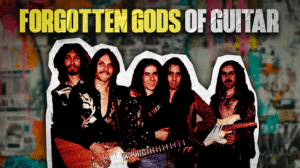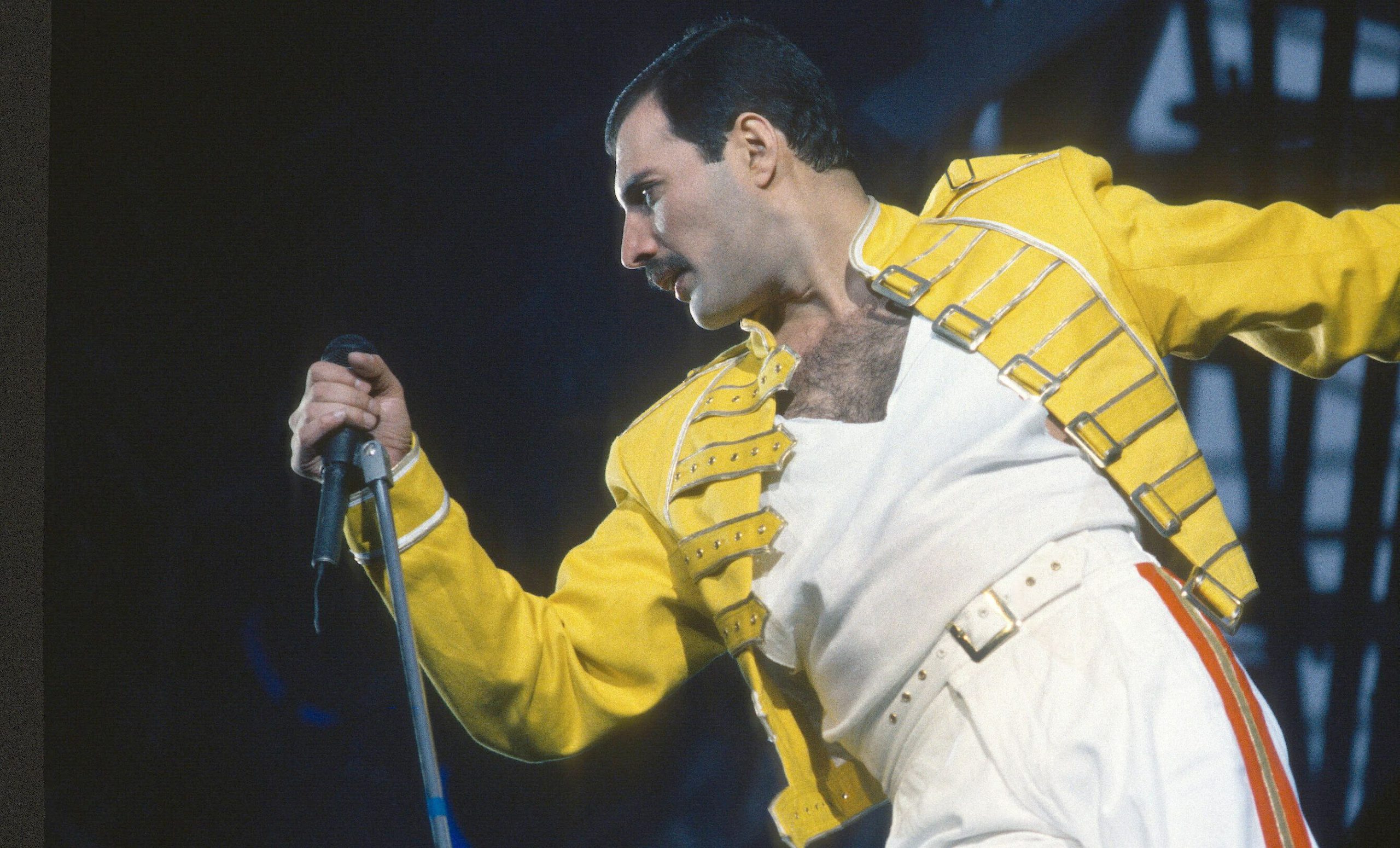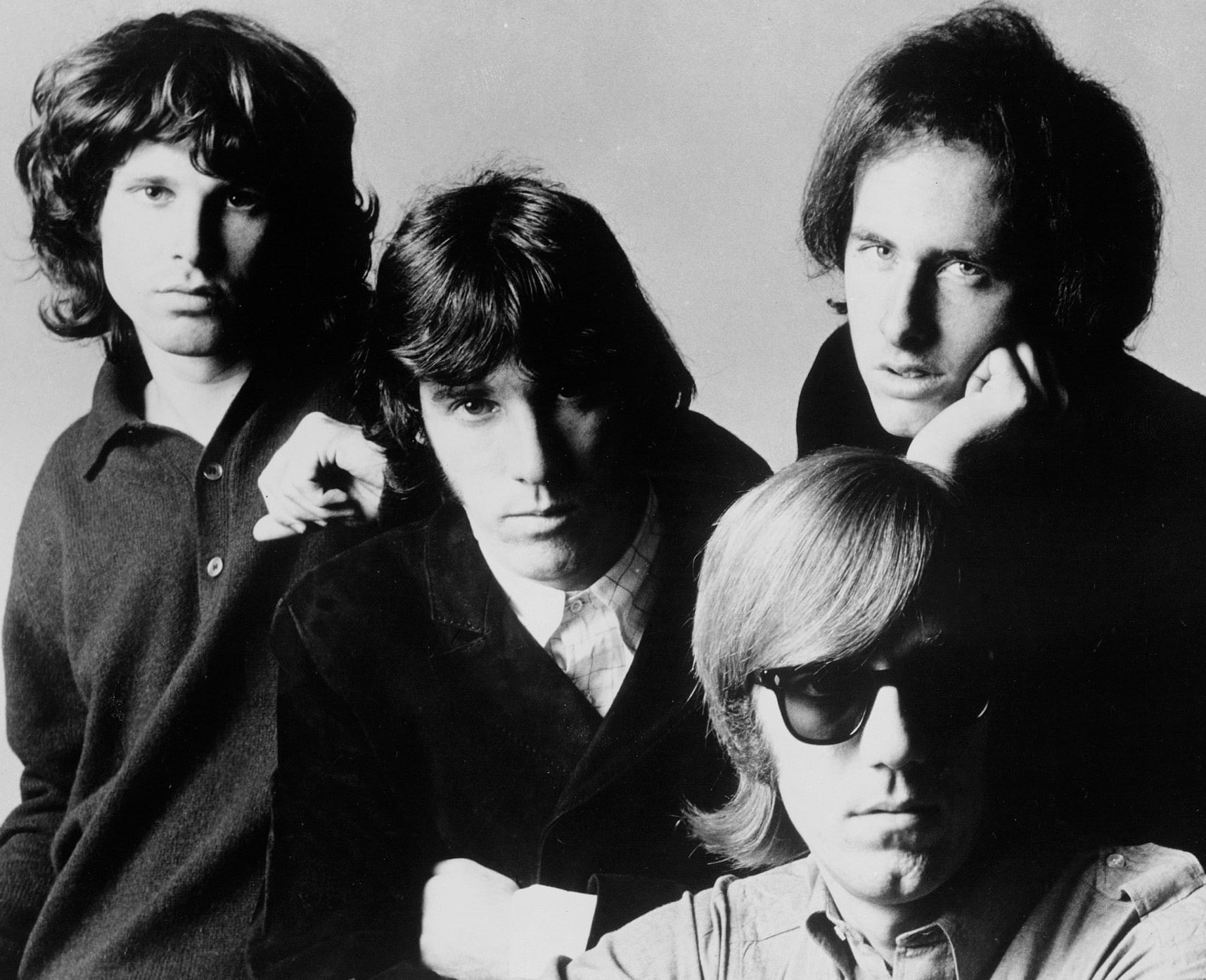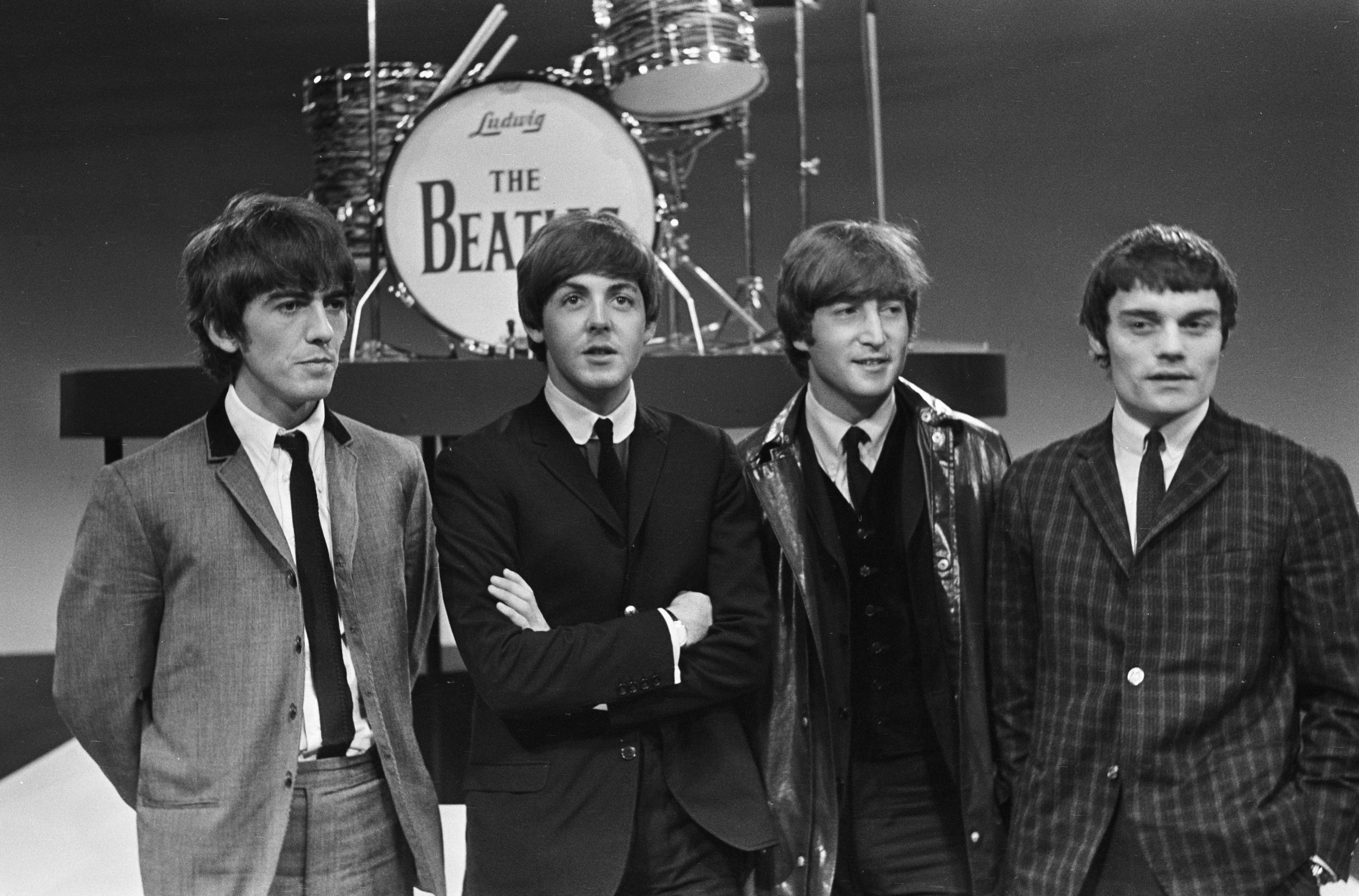
The music industry, a realm of starlight dreams, conceals a darker truth. Beyond platinum records and sold-out stadiums lies a complex web of challenges that can entangle even the brightest talents. Mental health struggles, addiction demons, damaging scandals, and career-ending controversies have claimed countless promising careers over the decades.
These stories chronicle artists whose meteoric rises were shadowed by devastating falls. Their narratives expose the common traps awaiting those in the spotlight, offering invaluable lessons about fame’s double-edged sword.
15. Elvis Presley
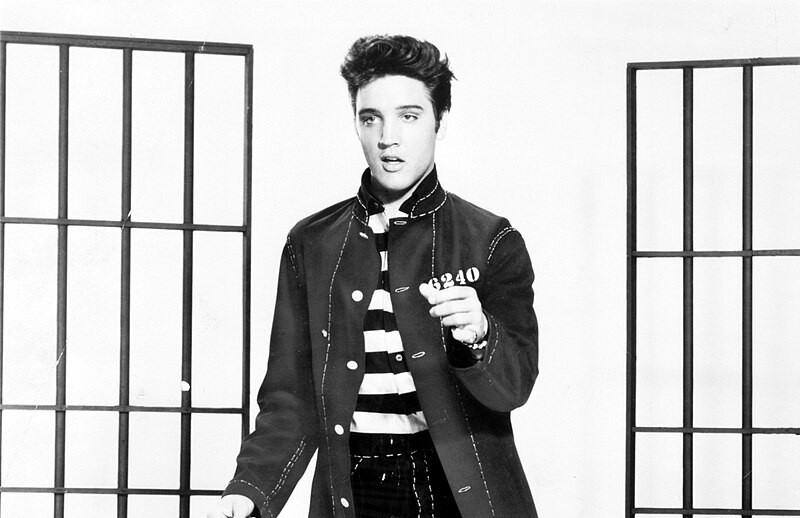
Gilded nostalgia often obscures “The King’s” tragic decline. Elvis’s performances grew less consistent as an unhealthy lifestyle took its toll on both his appearance and the legendary voice that once revolutionized popular music.
He died of a heart attack at 42 in 1977 due to long-term prescription drug abuse. His death shocked the world and left behind a tarnished legacy. His trajectory from revolutionary performer to fading icon underscores the human cost of fame and the danger of surrounding oneself with enablers rather than honest supporters.
14. Amy Winehouse

Like a comet blazing across the night sky, Winehouse’s journey embodied talent’s fragility. Her soul-infused vocals resonated deeply with audiences worldwide, but addiction clouded her brilliance while relentless media pressure intensified her personal struggles rather than supporting recovery.
At 27, she died from alcohol poisoning, tragically joining the “27 Club” of musicians who died at that age. Her life highlights a crucial understanding: fame often amplifies internal conflicts, and addiction requires compassionate support rather than public spectacle. Her story continues to urge greater empathy for struggling artists.
13. Robin Thicke
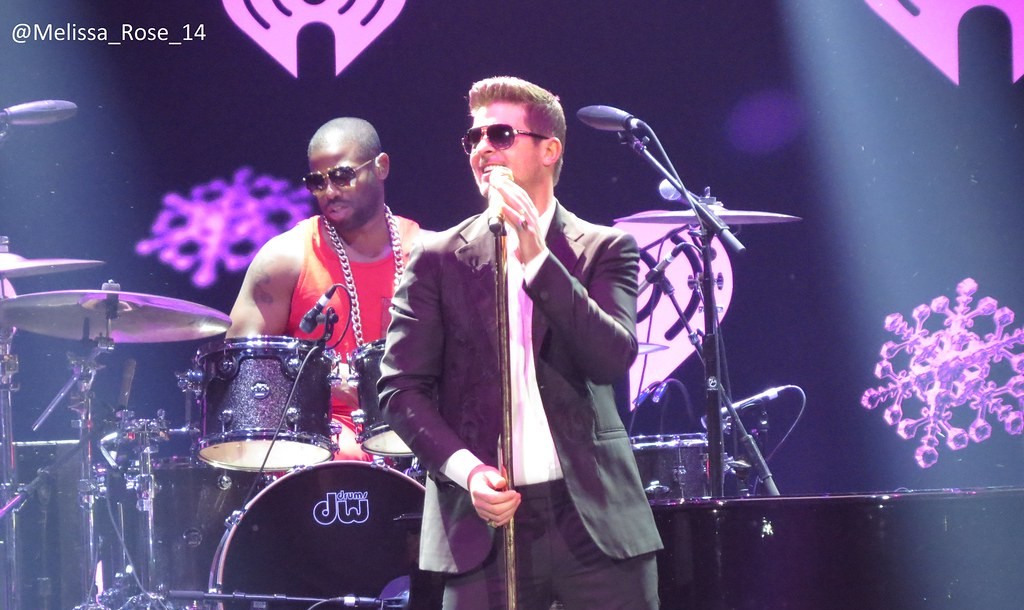
The cautionary trajectory of Thicke’s implosion serves as a warning for the digital age. Following his controversial hit “Blurred Lines,” his public image disintegrated through a perfect storm of misogynistic lyrics, a vulgar VMAs performance with Miley Cyrus, and desperate public attempts to win back his ex-wife.
In 2015, Thicke lost a landmark copyright lawsuit and was ordered to pay $7.3 million to Marvin Gaye’s estate, a ruling that significantly affected his royalties and reputation. The swift fall from his chart-topping success shows how quickly fame can evaporate when artists fail to read cultural shifts or take responsibility for their actions.
Public scandals and onstage controversies have derailed even the most promising careers, as you’ll see in these 30 onstage freakouts by musicians.
12. Brian Wilson
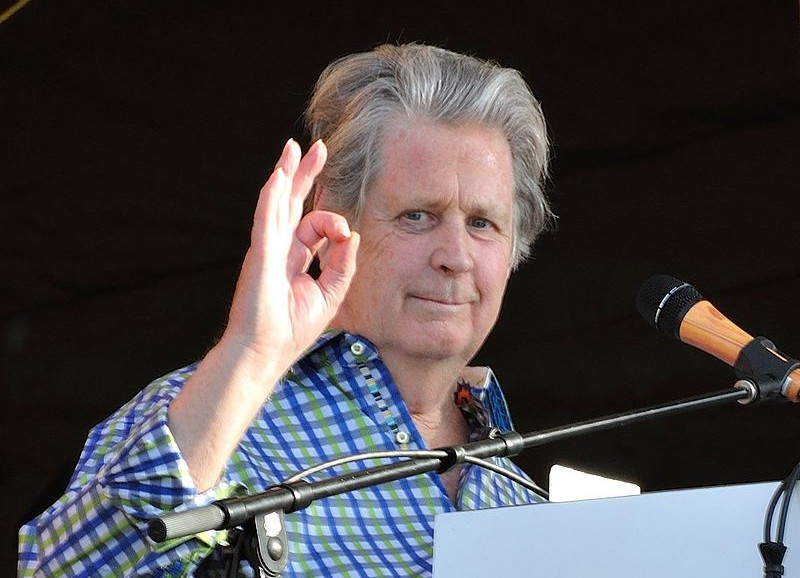
A 2019 survey found that 73% of independent musicians reported stress, anxiety, or depression related to their careers. Brian Wilson’s story perfectly illustrates this alarming trend. As the mastermind of The Beach Boys, he created “Good Vibrations” and Pet Sounds while battling inner demons that eventually consumed his career.
Fame combined with drug use and pre-existing conditions took a severe toll. Eventually diagnosed with schizoaffective disorder, Wilson withdrew from the band, becoming a recluse. His battle demonstrates the critical need for understanding and addressing mental health in an industry that often burns through talent without safeguards.
11. Syd Barrett
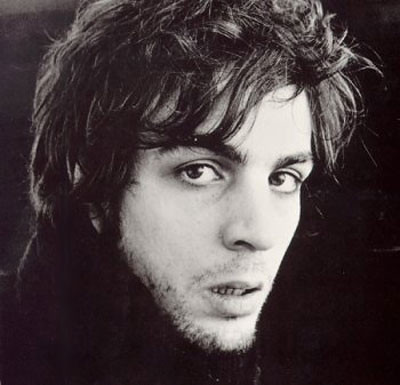
The painful unraveling of a psychedelic visionary stands as rock’s greatest tragedy. As Pink Floyd’s original creative force, his experimental sounds defined their early success, but heavy drug use soon took a devastating toll on his creative mind.
By April 1968, Barrett’s mental health-related withdrawal from Pink Floyd led to David Gilmour joining as his replacement. Attempts at a solo career faltered. He spent his remaining years in seclusion, a cautionary tale about the dangers of untreated mental illness and substance abuse in an industry that often prioritizes art over wellness.
10. Janet Jackson
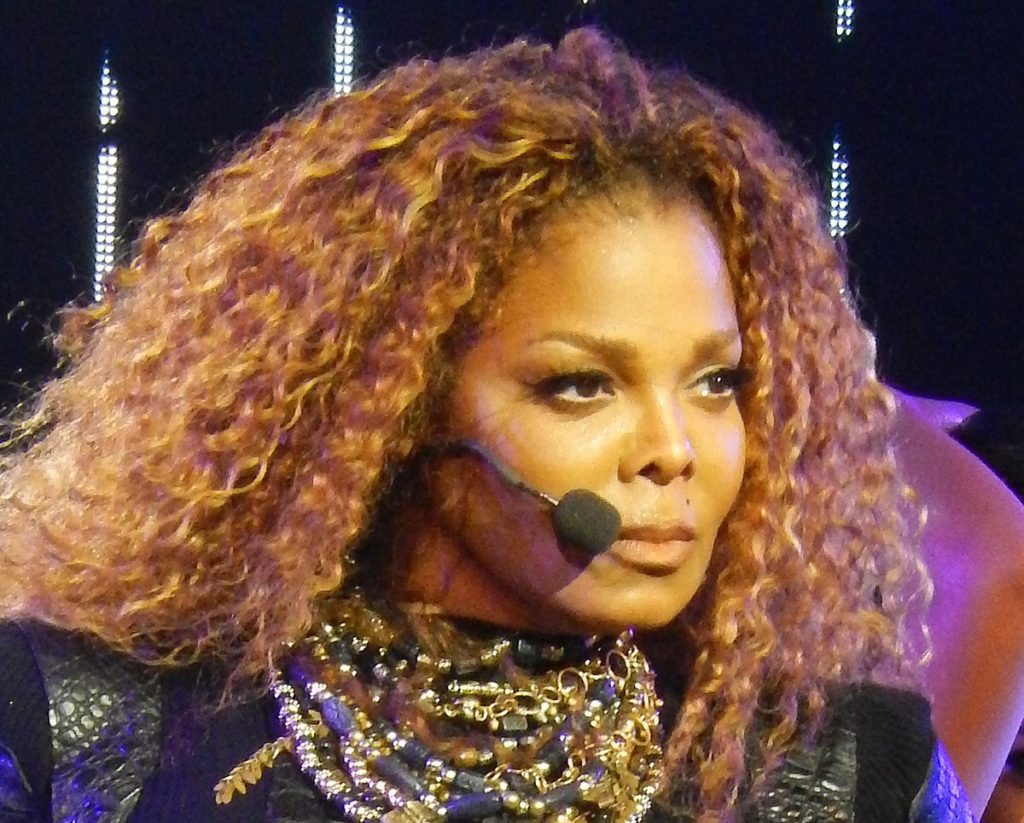
Nine-sixteenths of a second derailed Janet Jackson’s legendary career. After the February 1, 2004 Super Bowl halftime show, Jackson faced severe consequences: the FCC initially fined CBS $27,500 (later increased to $325,000) for indecency. CBS and Viacom blacklisted Jackson’s music from their platforms while Timberlake faced no similar sanctions.
This incident reveals the disproportionate impact of media scrutiny and exposed gender bias in the entertainment industry. The double standard applied to Jackson versus Timberlake remains a textbook example of how quickly a successful female artist can face industry exile over incidents that barely affect male counterparts.
9. Janis Joplin
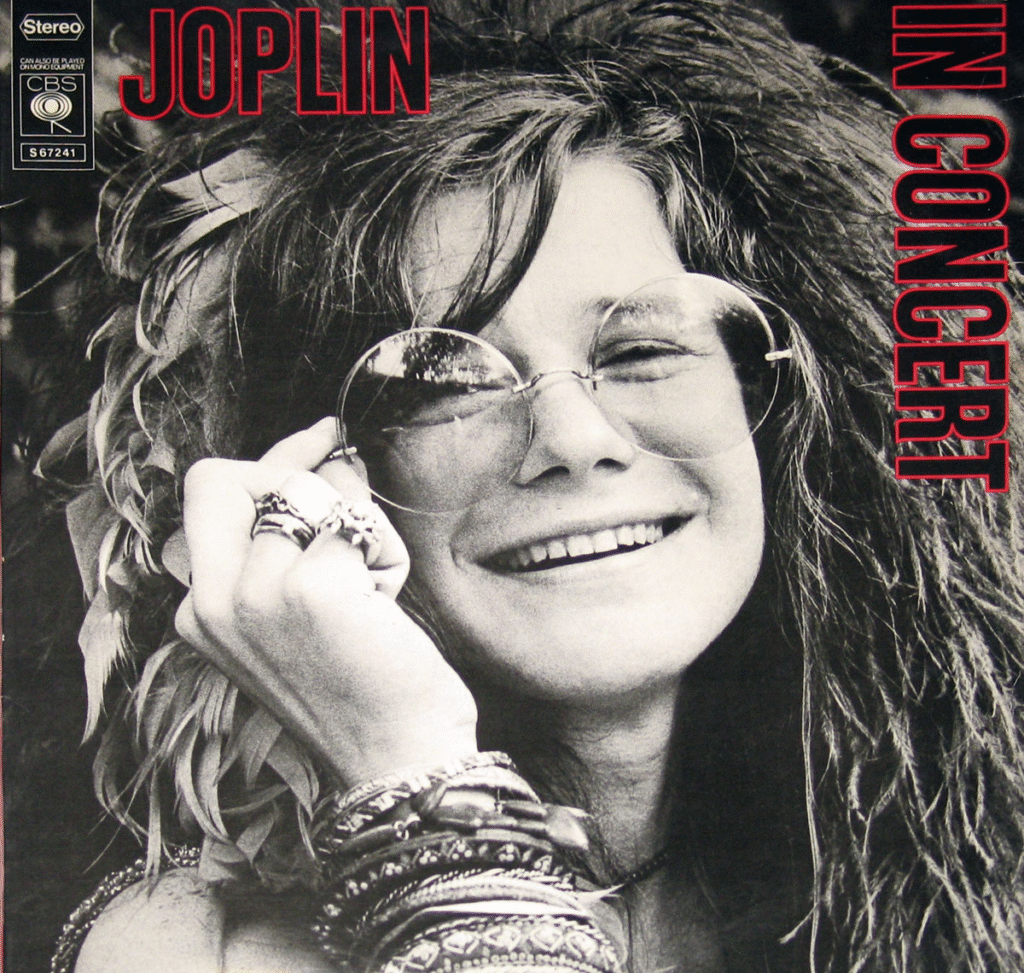
Raw emotional authenticity became both salvation and downfall for the blues-rock pioneer. Her electrifying performances defined her iconic status, but addiction plagued her career from the shadows. Fame and self-esteem struggles fueled her downward spiral away from the promising artist who once commanded stages.
She died of a heroin overdose at 27 in 1970, another brilliant flame extinguished too quickly. Her story serves as a poignant reminder that true strength lies in seeking help rather than hiding pain behind performances. Support systems and treatment programs remain crucial for preserving artistic talent.
8. Jimi Hendrix
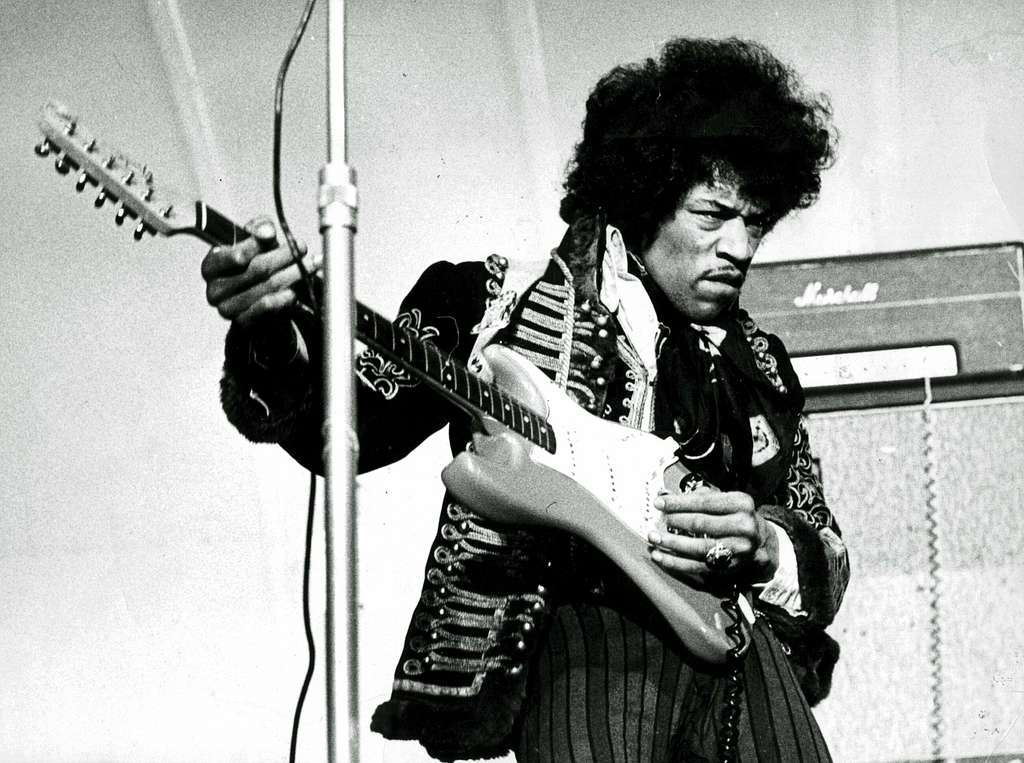
Guitar virtuosity and sonic innovation gave way to the familiar demons of excess. His distorted riffs and feedback screams created sounds previously unimaginable on guitar. However, his meteoric career was marred by substance abuse and fame’s relentless pressure, cutting short his musical revolution.
He died of asphyxia at 27 due to barbiturate intoxication, erasing a future of possibilities. Experts estimate less than 1% of musicians reach his level of influence, making his premature death an incalculable loss for music. His story demands both our compassion and commitment to creating more supportive environments for artists.
7. Karen Carpenter
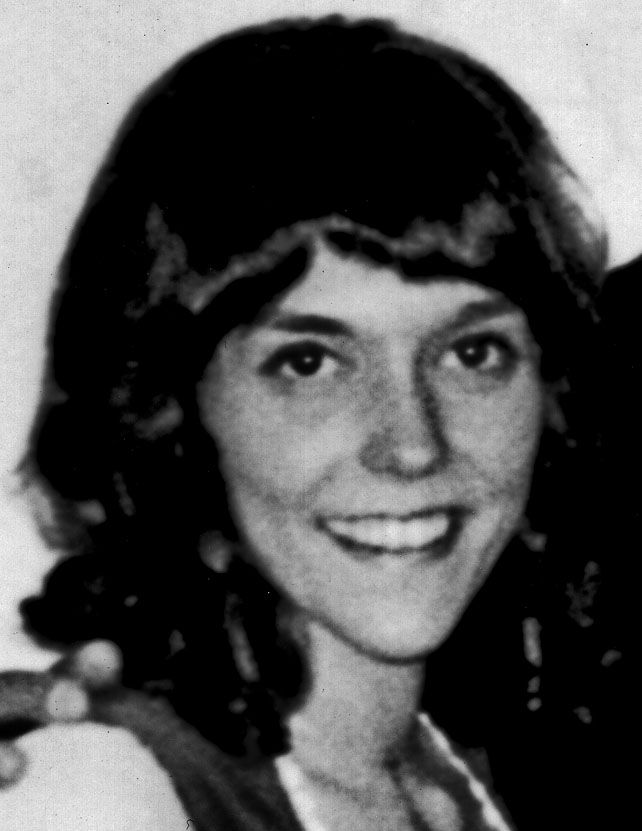
Karen Carpenter’s voice defined the 1970s with hits like “Close to You” while she battled anorexia nervosa. The pressures of fame fueled her obsession with weight, creating a perfect storm of physical and emotional damage.
Her heart failed in 1983 due to complications from her eating disorder. Her tragic death at just 32 highlighted the devastating effects of anorexia at a time when eating disorders received little public attention. Today, her story continues to inspire awareness about the importance of mental health support for performers.
6. Peter Green
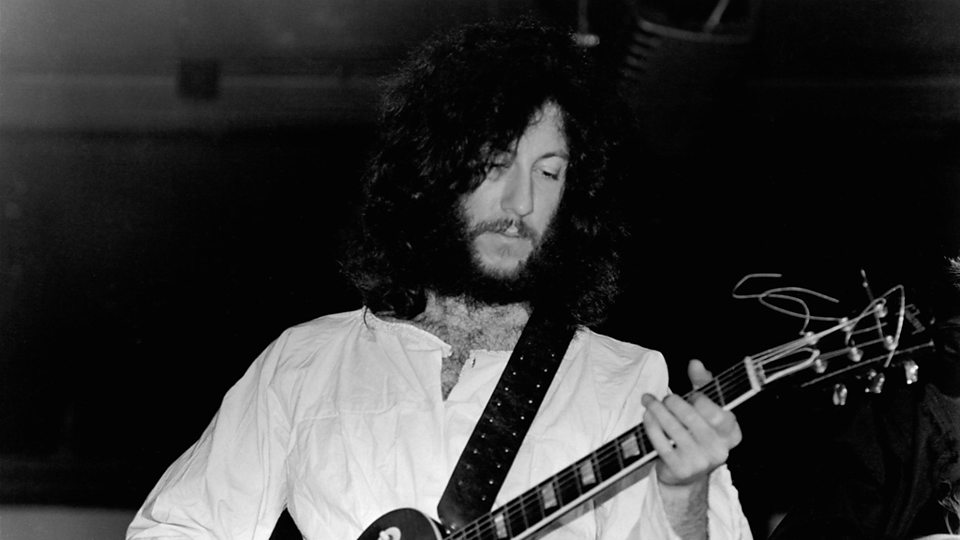
Blues mastery and spiritual torment collided in tragic harmony. In the mid-1970s, Peter Green was diagnosed with schizophrenia following his departure from Fleetwood Mac. While his heavy LSD use preceded his breakdown, a direct causal link to his mental health condition remains medically unproven despite widespread speculation.
He left the band in 1970 and spent extended periods under psychiatric care, including electroconvulsive therapy treatments. Green’s journey raises critical questions about how the industry can better support artists facing mental health challenges before they reach crisis points that permanently alter their creative trajectory.
5. Jim Morrison
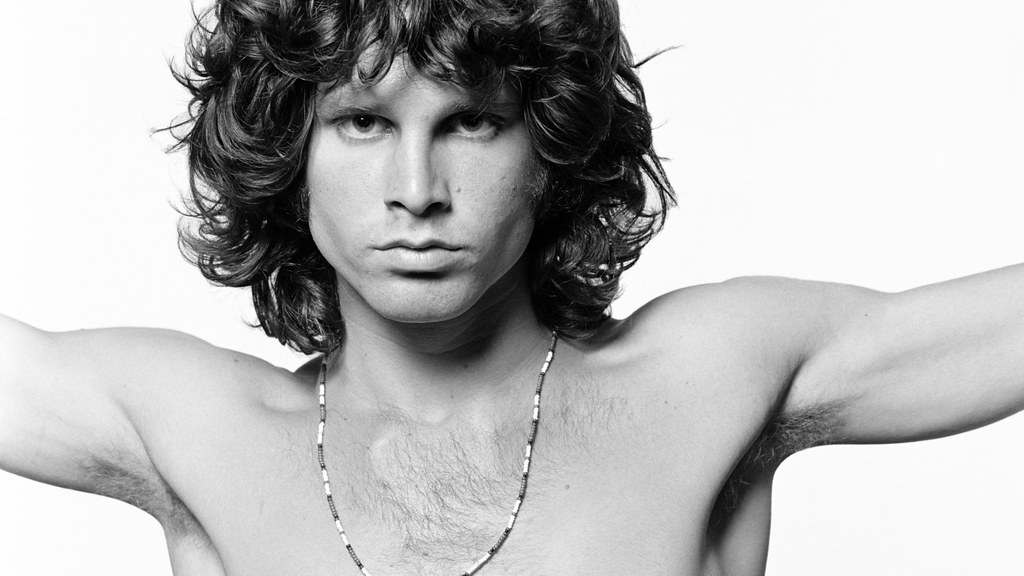
Jim Morrison, the poet-prophet of counterculture, self-destructed in real time. As The Doors’ frontman, his poetic lyrics and magnetic presence defined 1960s counterculture. However, escalating drug use led to increasingly erratic behavior, including arrests for indecent exposure.
Morrison died at 27 in Paris under mysterious circumstances, widely attributed to substance abuse. His fate stands in stark contrast to the perceived freedom of his rock star image. His legacy should inspire critical thinking about the self-destructive aspects of fame rather than blind admiration.
4. Jerry Lee Lewis
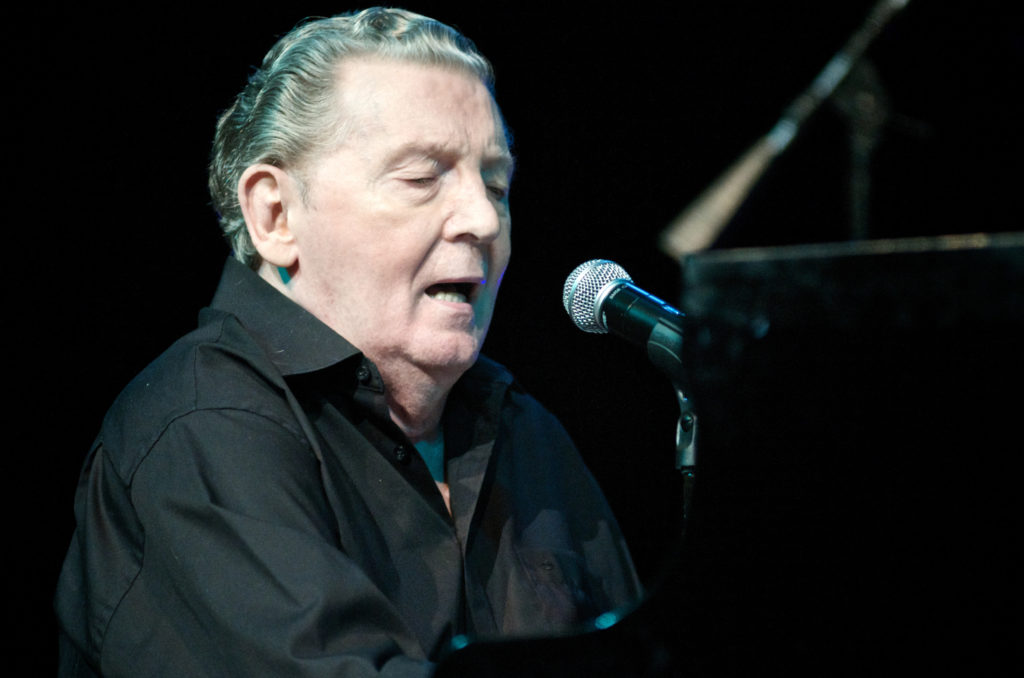
“The Killer” met his career’s executioner through scandal rather than substance. Jerry Lee Lewis’ energetic performances and hits like “Great Balls of Fire” fueled his fame. Then disaster struck in 1958. He married his 13-year-old cousin, Myra Gail Brown, while still married to his previous wife.
This revelation triggered a severe career crisis. Tours were canceled, and radio stations boycotted his music. The scandal’s impact demonstrates a clear principle: talent alone cannot sustain a career. Though he later revived his career in country music, this setback taught him a harsh truth about the price of transgression.
3. Eric Clapton

A guitar legend’s words destroyed what his fingers built. Celebrated for bringing blues to Britain, Clapton betrayed fans’ trust during a 1976 concert with a shocking racist rant using slurs and calling for foreigners to leave England. He endorsed far-right politician Enoch Powell and used the slogan “Keep Britain White” during his performance.
This incident sparked outrage and inspired the Rock Against Racism movement as a direct response. His actions revealed a disturbing side to a respected artist and remind audiences to demand accountability even from legendary performers. The incident continues to complicate Clapton’s legacy despite his musical accomplishments.
2. Ike Turner
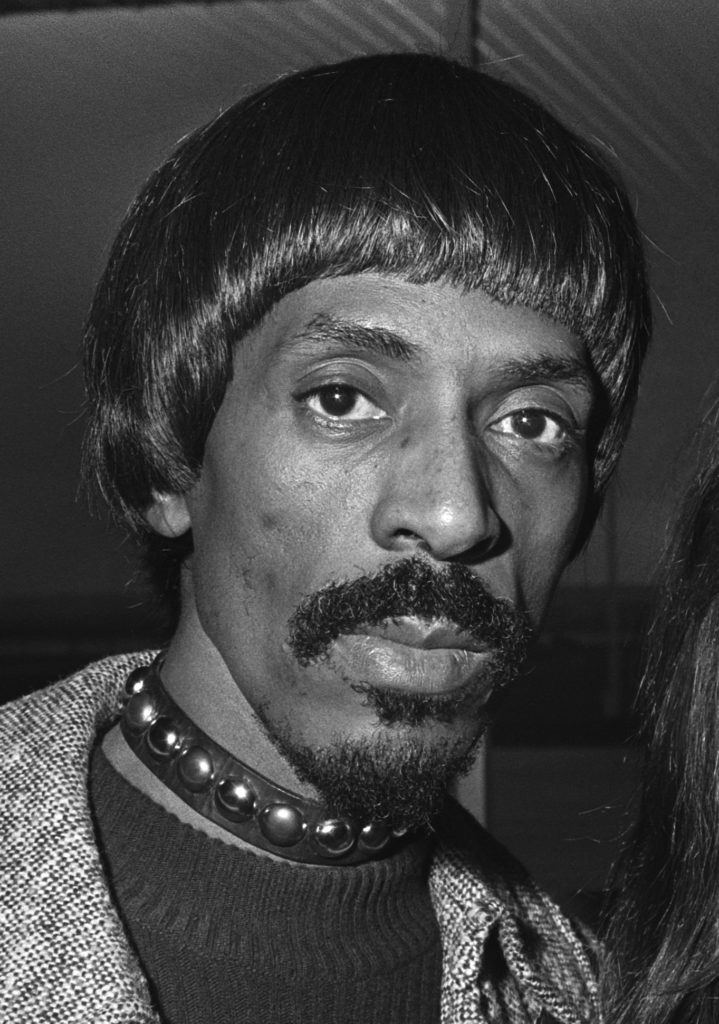
Ike Turner’s contributions to early rock and roll were significant, but his abusive relationship with Tina Turner and subsequent drug problems led to his career’s collapse and permanently tarnished his reputation.
His violent behavior and later prison time for drug offenses overshadowed his musical innovations. The tragic lesson from Turner’s fall is that personal demons ultimately trump creative brilliance. Society must prioritize safety and accountability over glorifying flawed artists, regardless of their contributions.
Some musicians’ careers were permanently tarnished by legal issues or personal misconduct. For a deeper look at the dark side of fame, check out the 10 horrific crimes by music stars.
1. Sly Stone
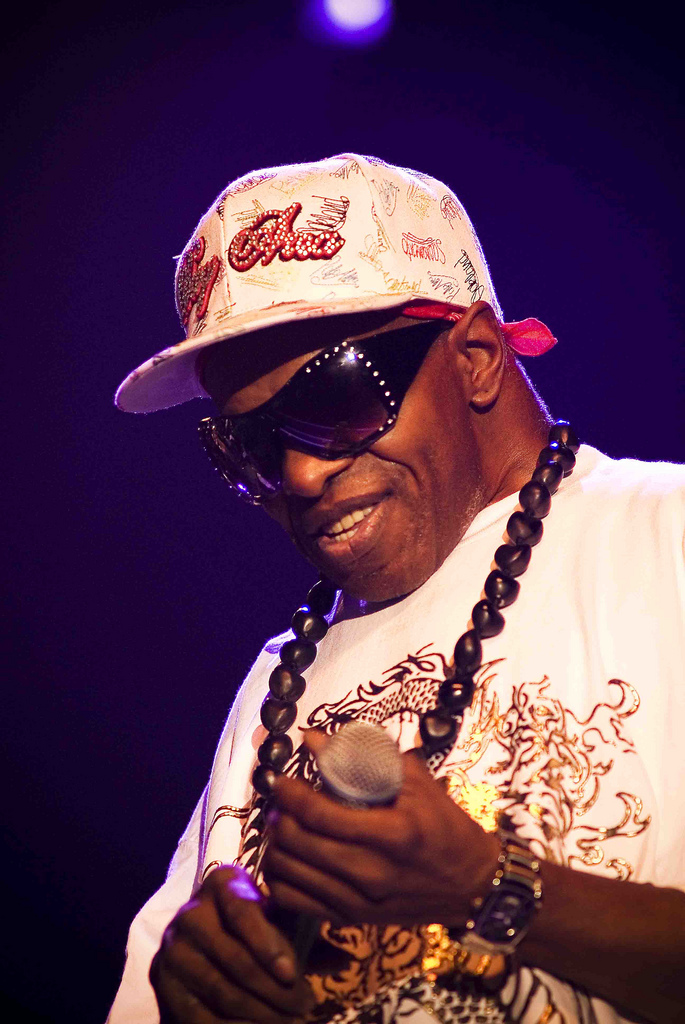
Funk’s revolutionary general surrendered to cocaine’s destructive regime. Blending funk, rock, and soul, “Dance to the Music” topped charts and Sly Stone’s creativity initially thrived in the spotlight. However, cocaine addiction gradually dismantled his promising career and revolutionary sound.
Erratic behavior and missed performances plagued Stone as paranoia eroded trust within his band. The Family Stone fractured, and Stone’s solo career never recovered. His tragedy underscores how addiction impacts approximately 40% of artists, serving as a somber reminder of talent derailed by substances.





